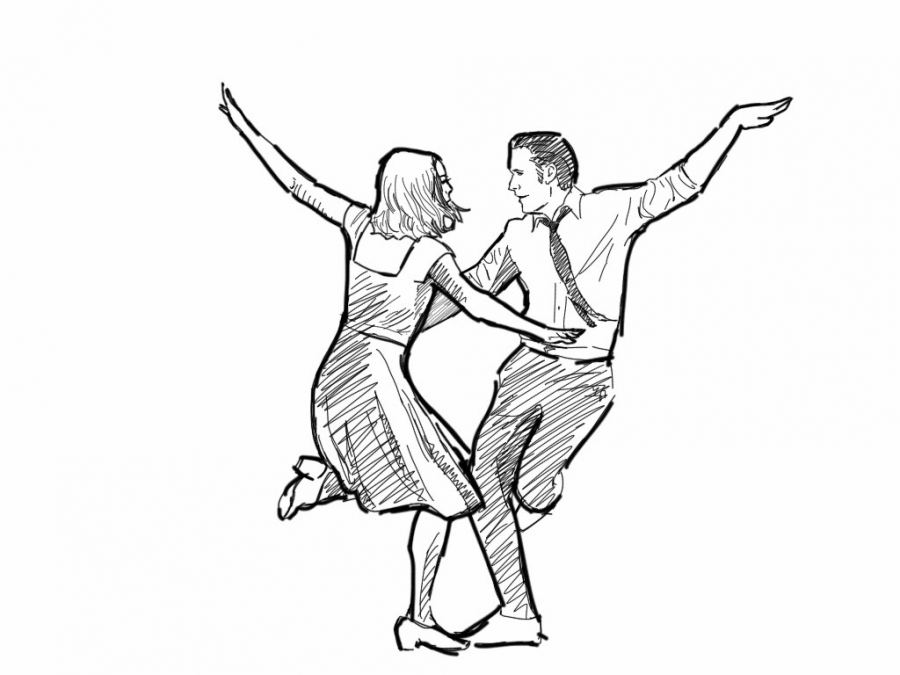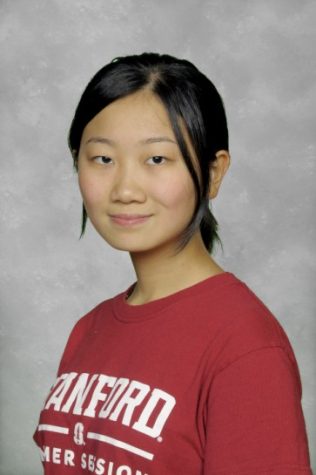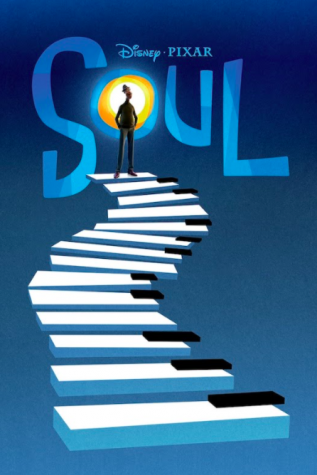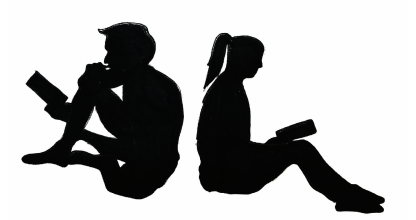“La La Land” breaks records, Senko’s heart
“Cinemascope presents, in full color, a motion picture spectacular: an adventurous escapade of music, love, and dreams in a whimsical cityscape!”
No, this is not a synopsis for a traditional movie-musical from the 20s, 60s, and 70s – it’s the promotional text for this year’s frontrunner for Best Picture. Taking inspiration from classics such as Casablanca, Manhattan, and Singing in the Rain, La La Land sought to recapture the transcendent magic of these films and transmute it to appeal to a modern audience
Damien Chazelle, director and writer of Whiplash, had a lofty goal in front of him when he set out to make La La Land; a modern day movie-musical is an incredibly hard sell for movie producers and executives. It is an art that, in this day and age, has become effectively extinct. Yes, there was Hairspray (2007), and even Chicago (2002), but those were based off wildly popular stage productions and had music with which audiences were already well acquainted. La La Land would be a brand new musical, with new music, and star-studded leads, and it would be set in modern-day Los Angeles. Otherwise known as a hard sell. Chazelle, though, persuaded whomever it was that needed persuading, and La La Land premiered this past December to critical and commercial success.
The film stars Emma Stone as Mia, an aspiring actress working as a barista at the beginning of the movie, and Ryan Gosling as Sebastian, an aspiring jazz musician who dreams of one day opening his own jazz club, one that evokes the older days of jazz. They are both beautiful people, harkening back to the days of when only a few actors and actresses would appear in almost every major film. “Ryan Gosling is so hot. Like… swoon,” says Jon Lamson ’18.
Stone and Gosling, as proven in Crazy, Stupid, Love (2011) and Gangster Squad (2013), shimmer with chemistry and romance. Their characters build off of each other’s aspirations in a believable and optimistic way. The film ties themes such as the revival of traditional jazz and Mia and Sebastian’s obsession with all things old, together in a very meta way that illustrates Chazelle’s mastery over his story. The acting and directing are both superb, with Gosling, Stone, and Chazelle all receiving Golden Globes in their respective categories.
But acting and directing are not everything in this movie as, it is, after all, a musical. It is here where La La Land truly finds something special and true. Stone and Gosling sing sweetly, but it is clear they are no trained Broadway performers. This aids the film, though, and adds another layer of believability to an otherwise whimsical tale. The score, composed by Justin Hurwitz, has this sort of melancholy connecting tissue that is present even in the rousing opening number and tender romantic duet.
This concept—a sort of sadness that comes with realizing one’s dreams—weaves its way through the movie in countless ways. Linus Sandgren, the cinematographer, chose his cinematic palette with care and clarity, echoing the beauty of Broadway lights and the grand colors used in films such as The Wizard of Oz. Los Angeles is portrayed as a city of hope, of dreams, but also of heartbreak and disappointment. The story itself, of which I will now go into in detail (spoiler alert!), echoes this sentiment.
As Mia and Sebastian aid each other in realizing their dreams, it becomes evident that the two can not continue their relationship unless one or the other is willing to sacrifice his or her dream. “It was really touching,” says Sunhoo Park ’18, “I actually cried at the end. And I never cry.”
Ultimately, the duo does not end up together, but we are tied to a seven-minute long dream sequence that shows us what would have happened in a perfect world that distills the essence of the moral question raised by the film. Would you be willing to sacrifice your true love if it meant realizing your truest dreams? The answer it provides — a resounding yes — might be upsetting to some, but Mia states multiple times that she will never stop loving Seb, and that his help and love will always be in her heart. This sentiment filled me with a joy I had never quite experienced from a movie before.
For me, this was the most perfect ending to a film I could ever ask for. It was real, and unfortunate, but so amazingly optimistic that I couldn’t help but smile through the last thirty minutes of the movie. This might be my favorite movie of all time, and I watch a lot of movies. It is warm; it is happy; it is full of love, kindness, and optimism: things which I think we could all use a bit of.





